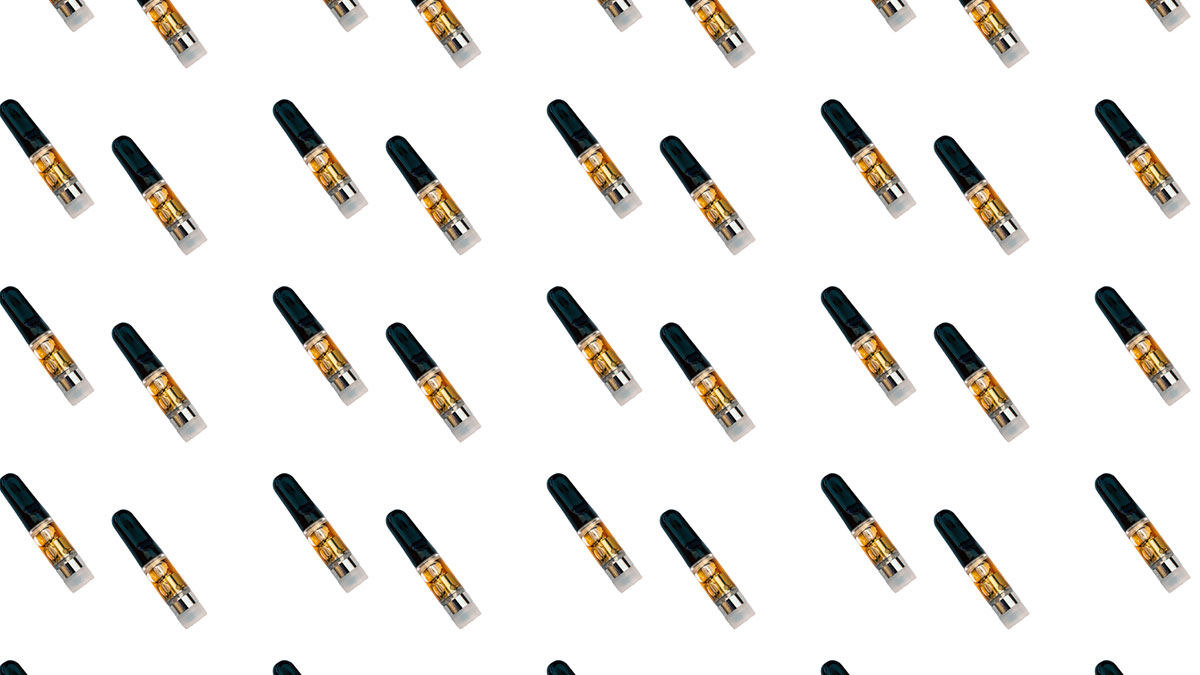Dr Des Corrigan analyses the significant gaps in our knowledge of HHC and other SSCs that are predicted to emerge
The EU’s Drugs Agency recently published a technical report on Hexahydrocannabinol (HHC) and related substances, highlighting the little that is known and the much that is unknown about HHC. This report is intended for policy-makers, decision-makers and a broad range of practitioners and scientists in the drugs area. As a hydrocannabinol, HHC, while detectable in trace amounts in cannabis, is predominately a semi-synthetic drug closely related to Tetrahydrocannabinol, the main intoxicating and psychotogenic component in cannabis drugs, better known as Delta- 9-THC, or more simply as THC.
While HHC is a new drug on the market, it was in fact first synthesised in 1940, but only appeared in the US in late 2021 and in Europe in May of last year. By March of this year, it had been reported from 20 EU states, Norway and Switzerland, but not yet from Ireland. Denmark reported the detection of undeclared HHC in a food supplement called ‘CBN Night’, sold as a sleep aid. This supposedly contained a non-intoxicating breakdown product of THC called cannabinol (CBN) and what was labelled as ‘Indica cannabis terpenes’ compounds that are known to be responsible for the characteristic smell of cannabis drugs such as weed and hash. The various HHC products are openly sold as a ‘legal’ replacement for cannabis and THC and include low-THC cannabis flowers or resin sprayed or mixed with THC that look and smell like illicit cannabis, or vapes or sweets (‘Gummies’) laced with it.
The emergence of HHC on the drugs market is another consequence of the passing of the 2018 Farm Bill by the US Congress, which legalised the growing on an industrial scale of the hemp variety of the cannabis plant, the predominant component of which is CBD or cannabidiol. The only restriction imposed was that such plants should contain less than 0.3 per cent of Delta-9-THC (the equivalent EU requirement is less than 0.2 per cent THC).
The passing of this Bill led to massive over-production of hemp and a glut of CBD that had been extracted from it. As I described in November 2021, producers then diversified by converting that CBD into Delta-8-THC, which is now recognised as the first of the semi- synthetic cannabinoids (SSCs). As if the cannabinoid story was not already confusing, we now have three groups to complicate matters even further, namely: Natural cannabinoids found in plants; SSCs; and finally the totally synthetic cannabinoid receptor agonists (SCRAs) used to lace herbal smoking mixtures and incenses, of which ‘Spice’ was the headshop prototype.
The cannabis industry is highly innovative and some producers are now using hemp-derived CBD to synthesise SSCs other than Delta-8-THC. The first step in the relatively simple process involves treating CBD with acid, resulting in a mixture of both Delta-9 and Delta-8-THC. Hydrogenation of this mixture gives the hexahydrocannabinol (HHC). This exists as two stereoisomers, of which the 9R form has the most THC- like activity, although it seems to be less potent than THC.
Much of the HHC detected in Europe seems to be of American origin. Some seizures involve significant amounts of raw material; for example, Poland reported the confiscation of 95 litres of HHC oil last December and in February of this year, German customs seized 10kg of liquid HHC, both said to be originally from the US. Other seizures involved low-THC herbal cannabis laced with HHC and sold using popular names of high-strength cannabis strains such as ‘Afghan Kush’, ‘Pineapple Express’, and ‘Purple Haze’. According to the EMCDDA Technical Report, this adulteration may be deliberate or accidental, but my money is on the former.
Many of the products whose pictures feature in the report clearly state that they contain HHC. One product labelled ‘HHC Gummies — Cola Cola Taste’ claims to be “100 per cent THC-free, premium HHC-infused”. HHC products are sometimes marketed as ‘cannabis lite’ on the basis of unsubstantiated claims that it is less intoxicating than Delta-9- THC. Producers can label materials as containing HHC with apparent impunity because HHC is not legally controlled in most countries, including Ireland. This is because the UN Convention and our own Misuse of Drugs Act specifically refers to Tetrahydrocannabinol in the context of controlling cannabinol derivatives. Nine EU States, as well as Iceland and Switzerland, have recently brought HHC under legal control, so it is probably only a matter of time before an EU-wide ban is introduced.
The Drugs Agency report highlights the significant gaps in our knowledge of HHC and other SSCs that are predicted to emerge. These gaps include patterns of use, pharmaco-toxicology, interactions with medicines and other psychoactive substances, especially alcohol, abuse liability, and dependence potential. All we know for certain is that the effects of HHC are broadly similar to cannabis and THC products based on in vitro cannabinoid receptor binding studies and in vivo tests for cannabimimetic activity and anecdotal reports from users.
The basic human pharmacology and toxicology studies that we have come to expect for any consumer chemical have yet to be reported. GMP in its production and ‘formulation’ appears to be an alien concept, going on the results of a study in Chemical Research Toxicology in 2021 that analysed HHC- containing cannabis e-cigarettes and found significant quantities of residual solvents and heavy metals. One US sample allegedly containing HHC
actually contained Delta-8- THC, Delta-9-THC and Delta 6a, 10a-THC, but no HHC.
What strikes me about the bewildering array of these semi- synthetics, including newer molecules such as Tetrahydrocannabiphorol (THCP) and Hexahydrocannabidiphorol (HHCP) recently detected in four Member States, as well as the many ‘Spice’-type synthetics, is the willingness of so many people to pump their bodies full of chemicals about which they and the scientific and medical communities know little or nothing.
Lack of knowledge about their short- and long-term toxicity, their production with no regard for GMP or basic quality controls, seems not to deter their use. Contrast then that laissez-faire approach with the risk-averse attitude of another segment of the population who reject Covid-19 vaccines on the basis of inadequate testing for efficacy and safety.
Humans are strange creatures indeed.
Dr Des Corrigan, Best Contribution in Pharmacy Award (winner), GSK Medical Media Awards 2014, is a former Director of the School of Pharmacy at TCD and won the Lifetime Achievement Award at the 2009 Pharmacist Awards. He was chair of the Government’s National Advisory Committee on Drugs from 2000 to 2011. He currently chairs the Advisory Subcommittee on Herbal Medicines and is a member of the Advisory Committee on Human Medicines at the IMB. He is a National Expert on Committee 13B (Phytochemistry) at the European Pharmacopoeia in Strasbourg and he is an editorial board member of the Journal of Herbal Medicine and of FACT — Focus on Alternative and Complementary Therapy.







